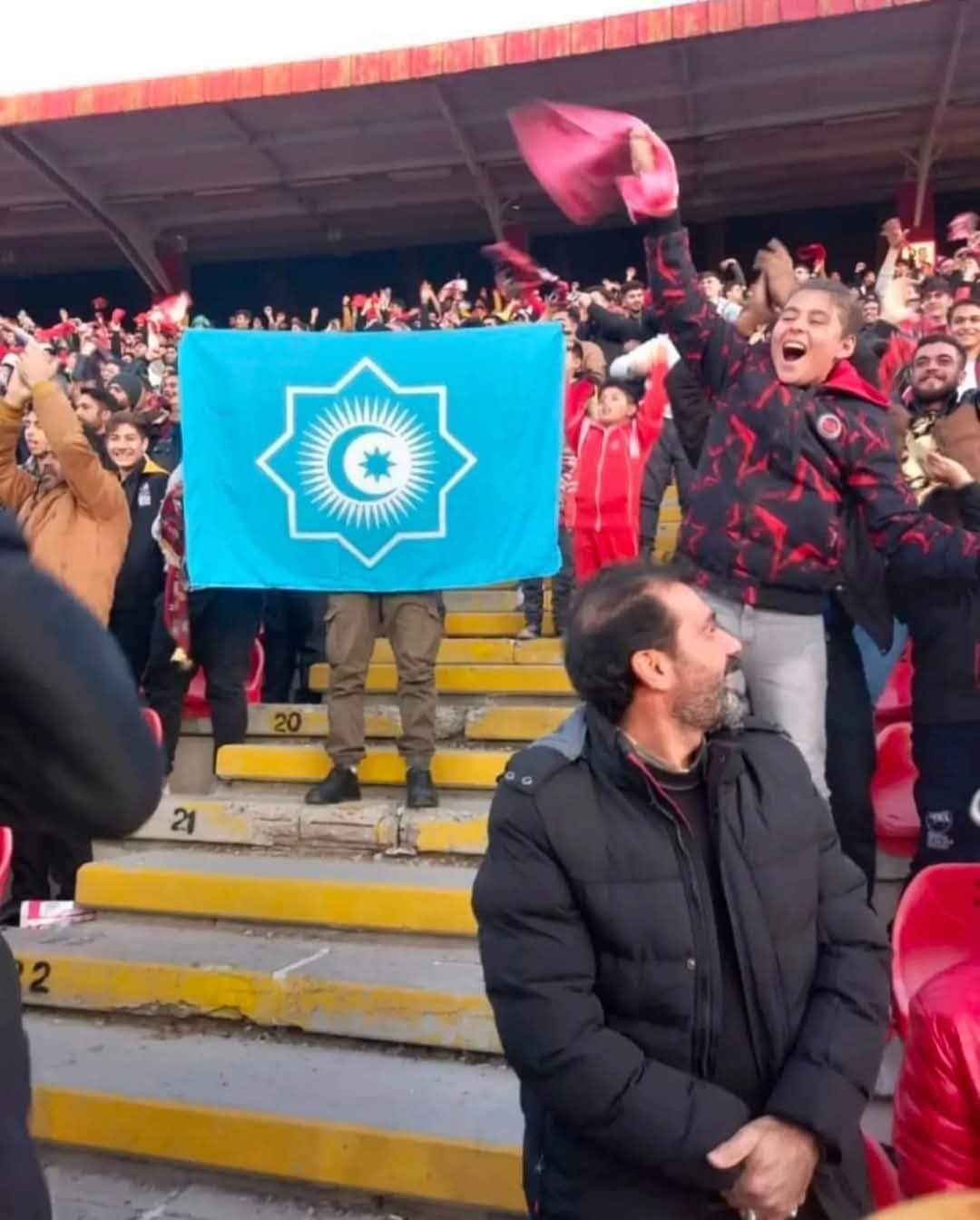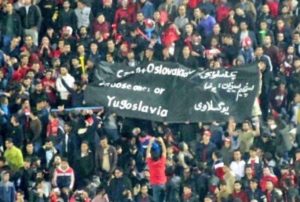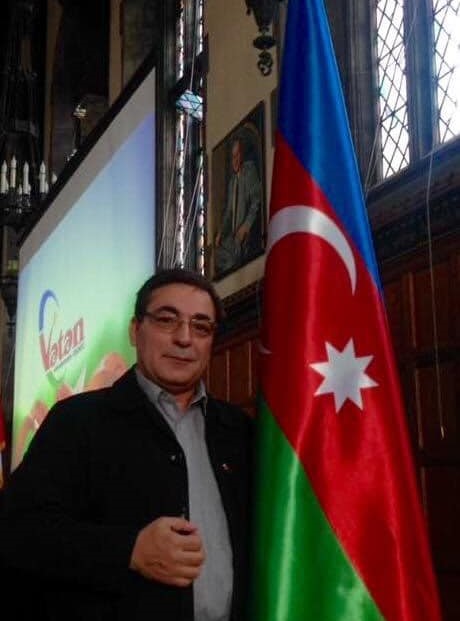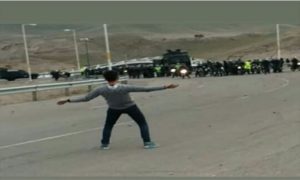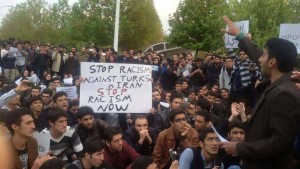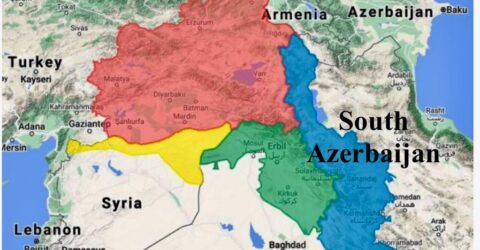
The phenomenon of ethnic engineering, where demographic shifts are deliberately manipulated for political or strategic goals, has long been a significant feature of the geopolitics in the Middle East. In the case of South Azerbaijan, a historically Turkic region, ethnic engineering policies by Iranian-Persian regimes have shaped the social, cultural, and political landscape over the past century. The manipulation of ethnic boundaries in this region, particularly in the context of the Kurdish resettlement, has changed the balance of power to serve the intrests of a Kurdish expansionism at the expense of Azerbaijani territories and Azerbaijani Turks.
South Azerbaijan, is home to a significant population of Azerbaijani Turks. The region historically maintained a distinct Turkic cultural and linguistic identity, which has been central to the self-perception of the local population. During the 19th and early 20th centuries, the region’s demographic makeup was subject to significant shifts, exacerbated by external and internal factors, as well as the competition between the Ottoman Empire, Russian Empire, and Qajar Empire.
The roots of the issue can be traced back to the late 19th and early 20th centuries, particularly with the geopolitical competition between the Russian Empire, which annexed much of the South Caucasus, and the Qajar Empire (later Iran). This competition for influence in the region significantly altered local power dynamics and ethnic relations. Despite these external factors, the region largely remained under Qajar control.
In the wake of World War I and the collapse of the Ottoman Empire, under first and second Pahlavi, Iran’s territorial integrity was threatened, particularly in the Azerbaijan region, which faced growing nationalist movements fueled by both domestic and foreign actors. The influence of the Soviet Union in the region further amplified ethnic tensions, as the USSR supported Azerbaijan’s self determination movements. These factors led to the first instances of ethnic engineering in the region, as the Iranian government sought to consolidate its control and suppress any movement toward ethnic autonomy.
The Pahlavi Era: Systematic Resettlement and Kurdish Expansionism
The Pahlavi period (1925-1979) witnessed the most significant phase of ethnic engineering in South Azerbaijan. Reza Shah Pahlavi’s regime sought to centralize and homogenize the Iranian state, aiming to integrate various ethnic groups into a unified Persian identity. This policy was partially aimed at neutralizing the political potential of both Azerbaijani Turks and Kurds, who were seen as potential threats to central authority.
A key element of this strategy was the resettlement of Kurdish populations into South Azerbaijan, especially in regions traditionally dominated by Azerbaijani Turks. Kurdish migration to regions such as Sulduz, Savujbulaq later Mahabad, and many other cities and villages, where Kurdish groups began to outnumber the Turkic population, was not a mere demographic shift but a politically driven initiative. By encouraging Kurdish migration, the Iranian government sought to weaken the Azerbaijani Turkic population’s dominance in these areas, thus preventing any self governance tendencies from gaining momentum.
The Iranian state’s resettlement policies were also closely tied to the broader political situation in the region. The Soviet-backed Kurdish revolt in Mahabad (1946), which briefly established the Kurdish Republic of Mahabad, marked a turning point. In response, the Pahlavi regime cracked down on Kurdish aspirations of self governance, while continuing to utilize Kurdish populations for strategic purposes, both domestically and internationally. This included facilitating Kurdish resettlement into key areas in South Azerbaijan, further altering the region’s ethnic composition and securing Iranian territorial integrity.
The Islamic Republic of Iran: Continuing Ethnic Engineering
Following the 1979 Iranian Revolution, the new Islamic Republic of Iran maintained much of the ethnic engineering policies of the Pahlavi era, albeit under a different political framework. The Islamic Republic initially faced significant challenges from ethnic minorities, including the Kurds who were dissatisfied with the centralization of power in Tehran and the imposition of Persian culture and language.
Despite these challenges, the Iranian state continued to implement policies that sought to suppress local ethnic identities in favor of a Persianized national identity. In the case of South Azerbaijan, this often meant discouraging the use of the Azerbaijani Turkish language in public life, restricting cultural practices, and further resettling Kurds in Azerbaijani-majority areas. Kurdish political organizations in Iran, including the Democratic Party of Iranian Kurdistan (PDKI), continued to promote Kurdish autonomy and laid claims to areas such as Urmia, Tabriz, and other key cities in South Azerbaijan, often in direct conflict with local Azerbaijani Turk populations.
The Iranian government’s strategy of resettling Kurds into South Azerbaijan was a clear attempt to create a buffer zone in the region and assert control over potential secessionist movements. By fostering loyalty among Kurdish populations, the regime hoped to mitigate any threat from South Azerbaijani struggle for independence, particularly in the face of continued tensions with external powers, such as Turkiye and the Soviet Union and later Russia.
Kurdish Territorial Claims and the Issue of South Azerbaijan
The ethnic engineering of South Azerbaijan not only involved the resettlement of Kurds but also the fostering of a political and territorial claim over key Azerbaijani Turk-majority regions. Kurdish political movements, particularly those backed by external powers such as the France, US, Soviet Union/Russia, have historically laid claims to areas like Urmia, Tabriz, and other parts of South Azerbaijan. These territorial claims have added to the complexity of ethnic relations in the region, as Kurdish political organizations have sought autonomy or independence.
The situation in South Azerbaijan is remarkably similar to what has occurred in other parts of the Middle East, particularly Iraq and Syria. In both Iraq and Syria, Kurdish nationalist movements have pursued territorial expansion at the expense of other ethnic groups, such as Arabs and Turkmens. In Iraq, the Kurdish Regional Government (KRG) has claimed areas such as Kirkuk and Mosul, which have historically been home to Turkmen populations. Similarly, in Syria, Kurdish militias, with the support of the United States, France and other Western powers, have expanded their control over Kurdish-majority regions, often displacing local Arab and Turkmen populations.
The external support of Kurdish groups in Iraq, Syria, and South Azerbaijan has been a defining feature of these geopolitical struggles. The role of the United States, France, and Iran in supporting Kurdish territorial ambitions has played a central role in shaping the demographic and political realities of these regions. In Iraq, for example, U.S. support for the KRG has empowered Kurdish factions to assert their control over northern Iraq, while in Syria, the U.S.-backed Syrian Democratic Forces (SDF) have gained significant ground in the so-called fight against ISIS. These developments have been accompanied by the displacement of local populations, particularly Turkmens and Arabs, who have been caught in the crossfire of Kurdish expansionism.
The Parallels with Iraq and Syria: A Broader Regional Pattern
The ethnic dynamics in South Azerbaijan have clear parallels with the ethnic engineering and displacement strategies seen in Iraq and Syria. In Iraq, the displacement of Turkmens and the settlement of Kurds in traditionally Turkmen areas has led to demographic changes, with Kurdish factions seeking to consolidate control over contested regions. The Turkish government’s support for Kurdish groups in Iraq has further complicated these dynamics, as the Turkish state has had to navigate its own Kurdish question, while also balancing its interests in neighboring Iraq.
In Syria, Kurdish factions, including the Syrian Democratic Forces (SDF), have been supported by both the U.S. and France, leading to the displacement of Arab and Turkmen populations in northern Syria. Kurdish control of key areas, including Afrin, Qamishli and Kobani, has been accompanied by a deliberate strategy of resettling Kurdish populations, further altering the region’s ethnic composition. This process mirrors what has occurred in South Azerbaijan, where Kurdish populations have been resettled into historically Azerbaijani Turk-majority areas.
These developments in Iraq, Syria, and South Azerbaijan are part of a broader regional trend where ethnic groups are empowered or manipulated by both local and external actors to achieve political objectives. The shifting ethnic boundaries and displacement of populations in these countries have created lasting tensions, as local populations find themselves increasingly marginalized or displaced from their ancestral lands.
Based on my observations, the ethnic engineering of South Azerbaijan, particularly through the resettlement of Kurdish populations into historically Azerbaijani Turk-majority areas, represents a significant chapter in the region’s complex ethnic and political history. The policies of the Pahlavi regime, followed by the Islamic Republic of Iran, have systematically altered the demographic composition of South Azerbaijan, while also fueling territorial claims by Kurdish political groups.
The parallels with Iraq and Syria, where similar strategies of ethnic displacement and territorial claims have taken place, underscore the broader geopolitical struggles in the Middle East. The role of external powers, including the United States, France, Turkey, and Iran, in shaping the future of Kurdish populations and their territorial ambitions continues to have a profound impact on the region’s stability and ethnic relations. Understanding the historical context of these policies is crucial for analyzing the ongoing political and ethnic tensions in South Azerbaijan and beyond.
Auther: Oguz Turk; Oguz Turk is a Senior Research Fellow at South Azerbaijan Strategic Analysis Centre

